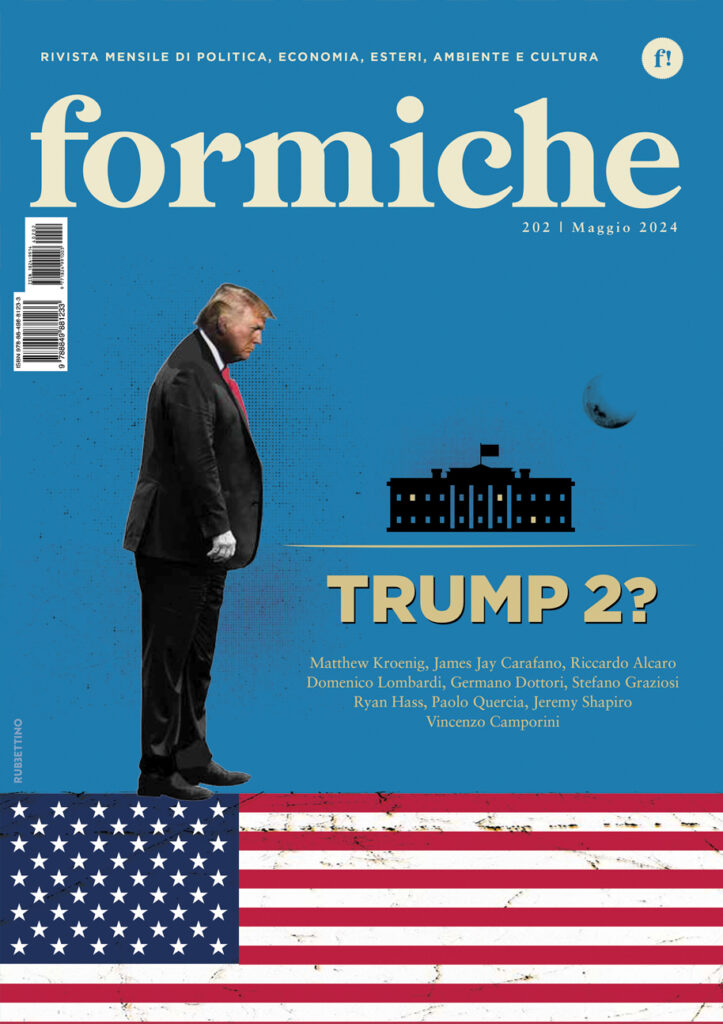The division between Berlusconi’s Forza Italia and Angelino Alfano’s Nuovo Centrodestra is still in a state of flux. The split is the outcome of the October 2nd showdown. In fact, it was on October 2nd that Enrico Letta won a dramatic vote of confidence and the PDL party splintered, as deputy premier Angelino Alfano, Transport Minister Maurizio Lupi, Constitutional Reforms Minister Gaetano Quagliariello and Health Minister, Beatrice Lorenzin led a group of PDL dissidents whose endorsement of the government ultimately forced Silvio Berlusconi to back down.
The actual popularity of the Nuovo Centrodestra led by Angelino Alfano is still unclear, and so is its fit with other centre right parties and movements. Some polls conducted on the back of the PDL split signal that the combination of Nuovo Centrodestra “doves” and Forza Italia “hawks”, plus
some other parties and movements, may possibly attract more votes than its single-unit predecessor (see enclosure). While it considerably reduces the cross-partisan government majority’s size, it allows for greater political diversity within the centre-right. However, while polls are an important tool of political risk analysis, they should not be taken at face value.
In fact, from a mathematical standpoint, the uncertainties surrounding the electoral system reform can significantly affect political performance. Indeed, only in a purely proportional representation system the number of seats won by a party or group of candidates is perfectly
proportionate to the number of votes received. In other systems (first pass the post or proportional representation with minimum threshold for Parliament eligibility) several smaller parties would simply not make it into Parliament. In the case of the centre right, movements such as Fratelli d’Italia and Movimento per AN, or even fading parties such as Lega Nord are at risk if the bar is set too high.
From the point of view of the political demand side, Angelino Alfano faces very tough challenges. On one hand, it is true that the peaceful divorce with Silvio Berlusconi allows Angelino Alfano to attract conservatives voters who opted out of the centre right because they got fed up with Berlusconi. On the other hand, conservative voters will only choose Alfano if they feel that he has the political gravitas – and, more pragmatically, the political
firepower – to protect their interests. By finding himself on the government’s benches during an economic downturn, Alfano will struggle to be seen as influential within the Letta government and give conservative voters their typical wish list. For instance, upholding a “no tax” agenda will be hard, and being pro-EU even harder. Moreover, the risk of playing in the hands of
Italy’s growing “indignados” bloc (see our note no. 7/2013) is high.
Several conservative voters might even turn to the PD if they have the feeling that Matteo Renzi becomes the real overlord in Italy’s tribal politics, and that it is him dictating the agenda of Enrico Letta’s government.
Moreover, conservative voters will attach a premium to whoever is serious about a liberal-democratic agenda that includes the reform of justice. Last but not least, Angelino Alfano may be well equipped for government – he is surrounded by many executive branch veterans with a good understanding of the ministerial machinery – but he needs to get to grips with logistics as soon as possible. The start-up of a political party and of a granular organization with local offices to run campaigns is a lengthy and capital consuming endeavour. For 20 years, the PDL has on one hand neglected local infrastructure – which party explains its dreadful performances at local administrative elections – and on the other hand relied heavily on the economic wealth of its leader. But with Berlusconi gone, who will pay the bill?








